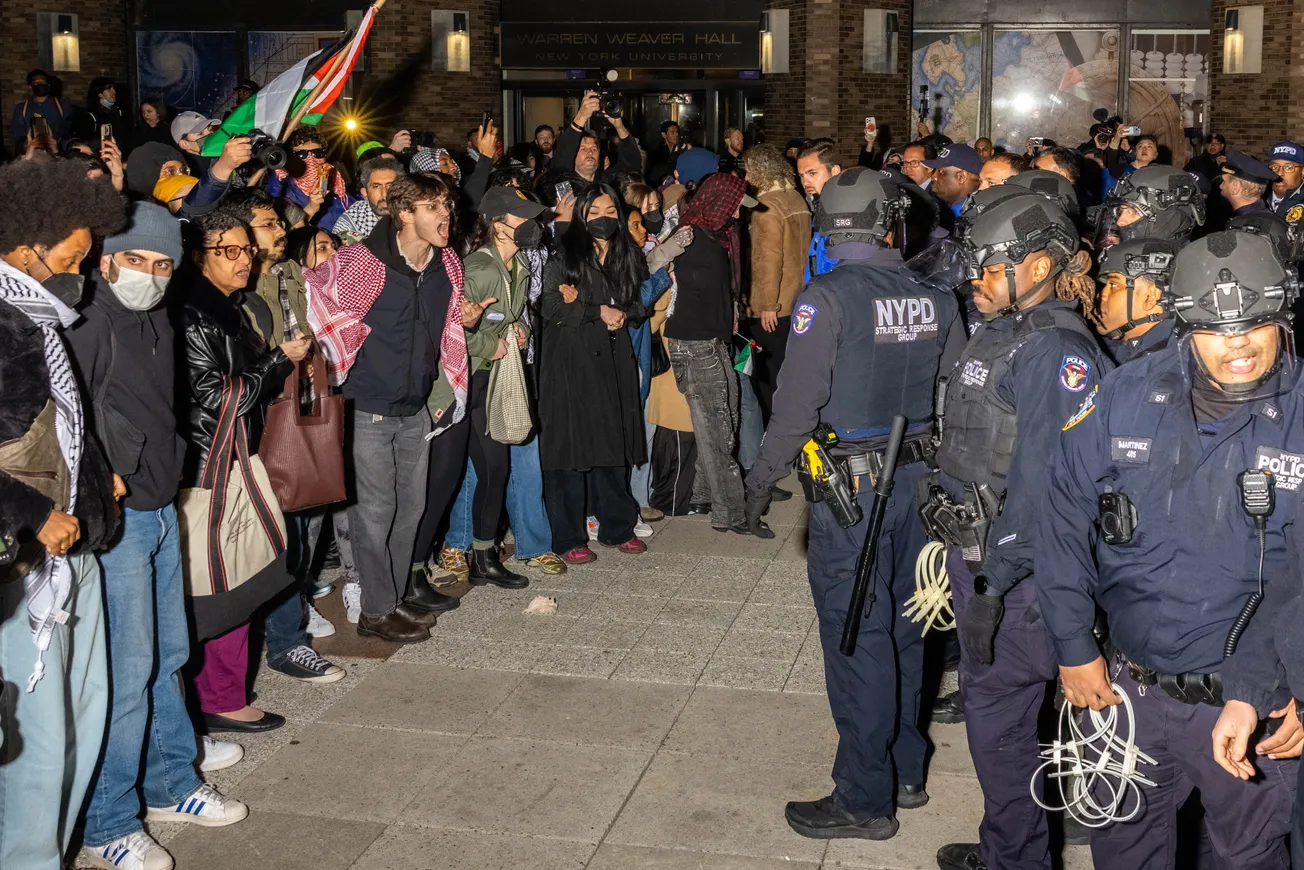Workers who turn 62 and have paid into the Social Security system for at least forty quarters (10 years of work) can apply for retirement benefits. But before they plan to spend the assured government checks, a pause is wise because, unless workers retire according to how the government defines retirement, they won't get a penny.
In 2024, a person younger than full retirement age (67 years) is considered retired only if monthly earnings are $1,860 or less.
This arbitrary government rule is not well known and is intended to extend the life of the Social Security Trust Fund. But, it is extraordinarily discriminatory against workers who were forced to pay Social Security taxes (6.20%) throughout their careers and feel compelled to continue working part-time to support their families' needs. It is especially discriminatory against minority and lower-income families who have to work after so-called retirement to make ends meet.
The irony is that the Social Security Administration (SSA) itself concedes that benefits are often insufficient for retirees. "Social Security was never intended to be a person's sole source of income in retirement. It is designed to provide economic security in retirement along with savings and employer-sponsored retirement benefits." Again, arbitrarily, the government assumes that a retiree's earnings can only be supplemented by retirement savings or employer-sponsored benefits. In a world where defined benefit retirement plans - the kind that people who work for local, state, and federal government agencies get - are rare, and retirees haven't saved enough to draw from their 401 (K) or IRA retirement plans, penalizing those who have no choice but to work is cruel.
The arbitrary rule-making about penalizing work even has a formula: The government will deduct $1 of your benefit for every $2 you earn over the universal $1,860/month ($22,320/year) limit.
Let's say that you file for Social Security benefits at age 62 in January 2024, and your retirement benefits are $600 per month ($7,200 for the year). During 2024, you plan to work and earn $24,920 ($2,600 above the $22,320 limit). The government will then withhold $1,300 of your Social Security benefits ($1 for every $2 you earn over the limit). If you work and earn $36,720 or more the whole year, the government will deny you all social security benefits for the year. Why $36,720? Because this amount is $14,400 more than the $22,320 limit. Your benefits are $7,200 per year, and using the $1 benefit reduction for $2 in earnings formula, the $14,400 overage is sufficient to wipe out your benefits for 2024.
To make matters worse, you would continue to pay your traditional 7.65% Social Security taxes on your earnings for the year (6.2% Social Security + 1.45% for Medicare). Your employer would continue to pay their share of 7.65% as well. The government is greedy enough not to stop collecting social security taxes even when you reach retirement age. In the government's wisdom, if you work, you pay.
Thankfully, the government uncouples work rules and social security benefits when a worker reaches full retirement age, currently 67. They are then entitled to full retirement benefits. Any associated earnings that a retiree gets by working are ignored in the distribution of the benefits, and the $1 for $2 formula stops. Also, the benefits withheld for work earnings from 62 to 67 are paid out in small monthly increments as a bonus but never in a lump sum. Again, the hope is that you perish long before you collect.
Almost everything about our Social Security system is dishonest, and it is a miracle that it has survived for nearly 90 years. When it was first designed, it promised to pay benefits at an age just past the average life expectancy of males, the majority of the workforce. The government hoped workers would continue paying into the system and die before collecting a penny.
Contrary to popular belief, the SSA does not park your contributions in an account against your name, as an IRA or 401(k) account would do. Your contributions are collected by the Social Security Trust Fund, from which benefits are immediately paid out to current beneficiaries. If the collections exceed the total monies paid out, SSA uses the surplus to buy United States Treasury Bonds, which are nothing but paper IOUs. Having received cash from the Social Security Trust Fund, the Treasury spends it as though it is tax revenue to meet the government's obligations. Despite this windfall, the government still needs to borrow more; over the years, the government has racked up over $34.5 trillion in debt (obligations to the Social Security Trust Fund not included).
The Social Security Administration now says that benefits are expected to be payable in full on a timely basis until 2037. After that, there will be so many retirees in the system that under the current 6.20% tax regime, there will be enough money to pay only 76% of the promised benefits. This is catastrophic for governance because the United States has been addicted to spending surpluses from the Social Security Trust Fund. What will the government do when the surpluses end in 2037? Borrow even more money to meet its obligations?
The Social Security Board of Trustees advocates an immediate reduction in benefits of about 13 percent, an immediate increase in the combined payroll tax rate from 12.4 percent to 14.4 percent, or some combination of these changes. Then, the system will have sufficient funds to fully pay the scheduled benefits for the next 75 years. Translation: The US Government can continue to dip into the Social Security Trust Funds to spend away merrily.
Neither President Biden nor former President Trump has uttered a word about how unfair Social Security's work rules are for workers over 62 or how financially precarious the entire system is. We don't expect them to discuss the topic because Social Security is the classic "third rail" in politics. [Subway trains run on two rails, with the third rail carrying heavy voltage to supply power to the train. Touching the third rail can instantly electrocute and kill].
In the meantime, worker discrimination by an official US government agency continues unabated.
Rajkamal Rao is a columnist and a member of the tippinsights editorial board. He is an American entrepreneur and wrote the WorldView column for the Hindu BusinessLine, India's second-largest financial newspaper, on the economy, politics, immigration, foreign affairs, and sports.





